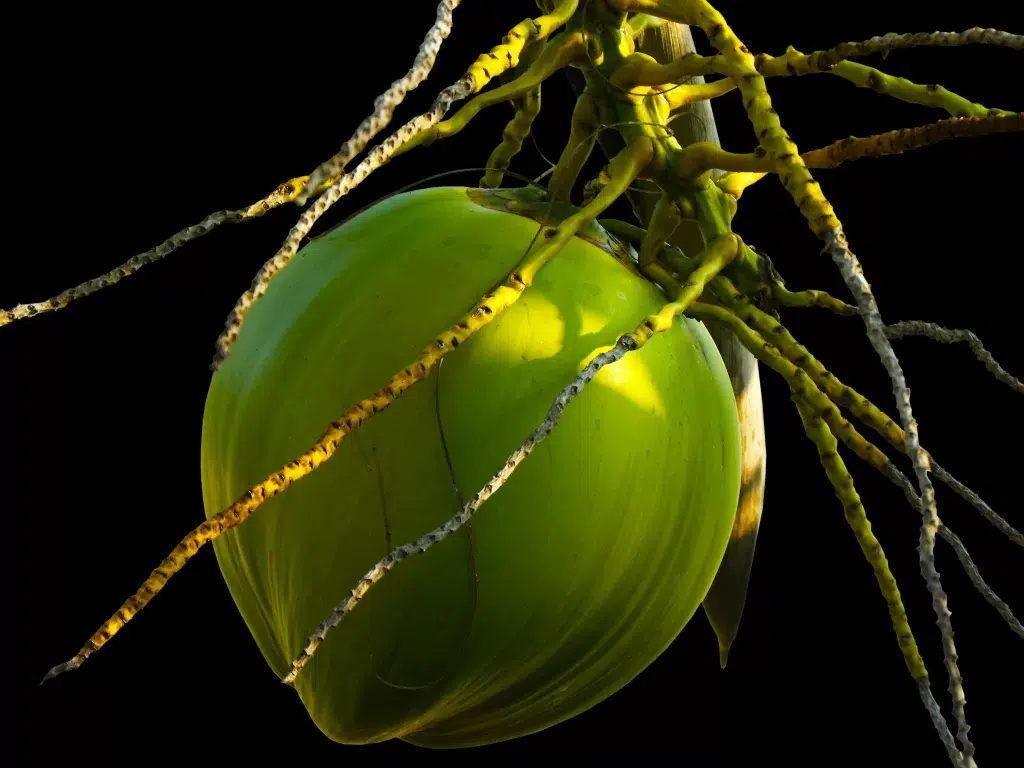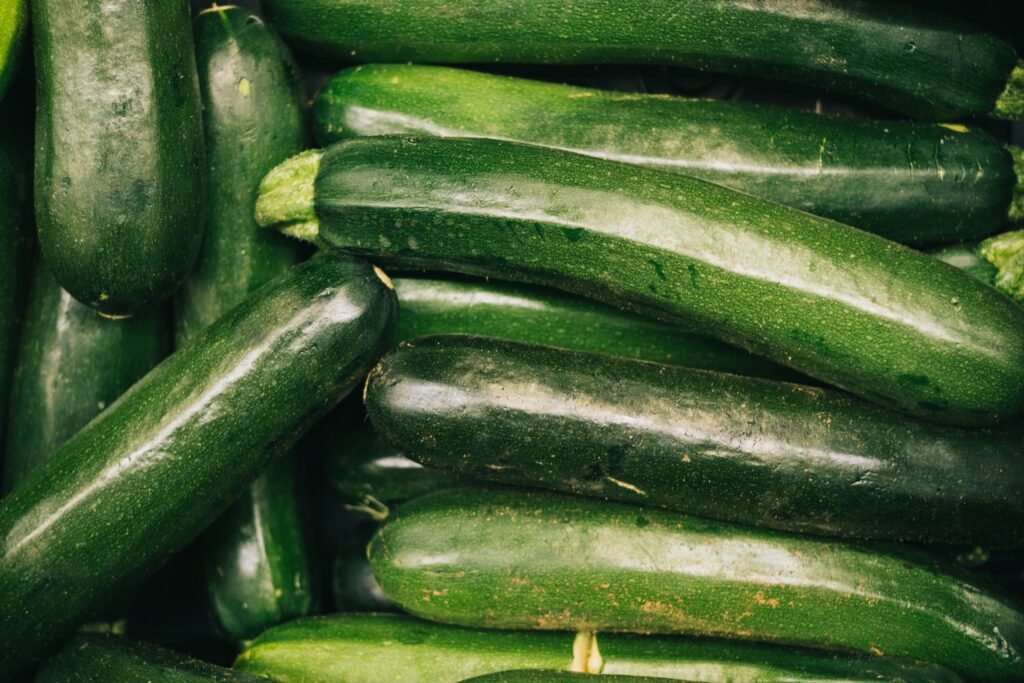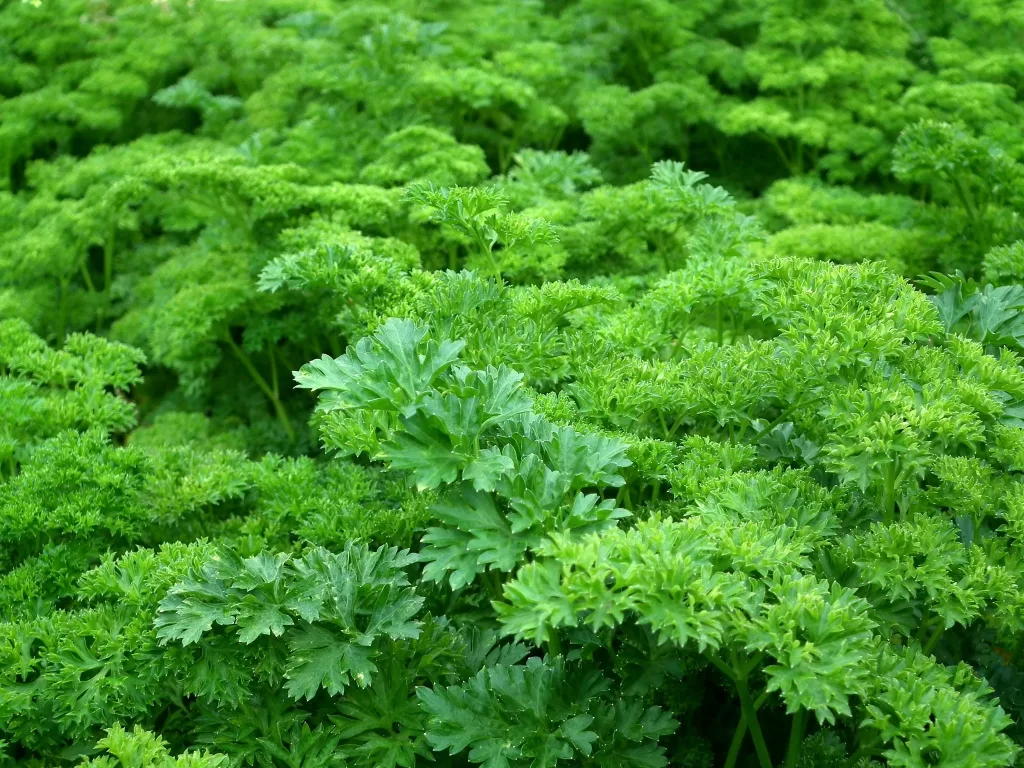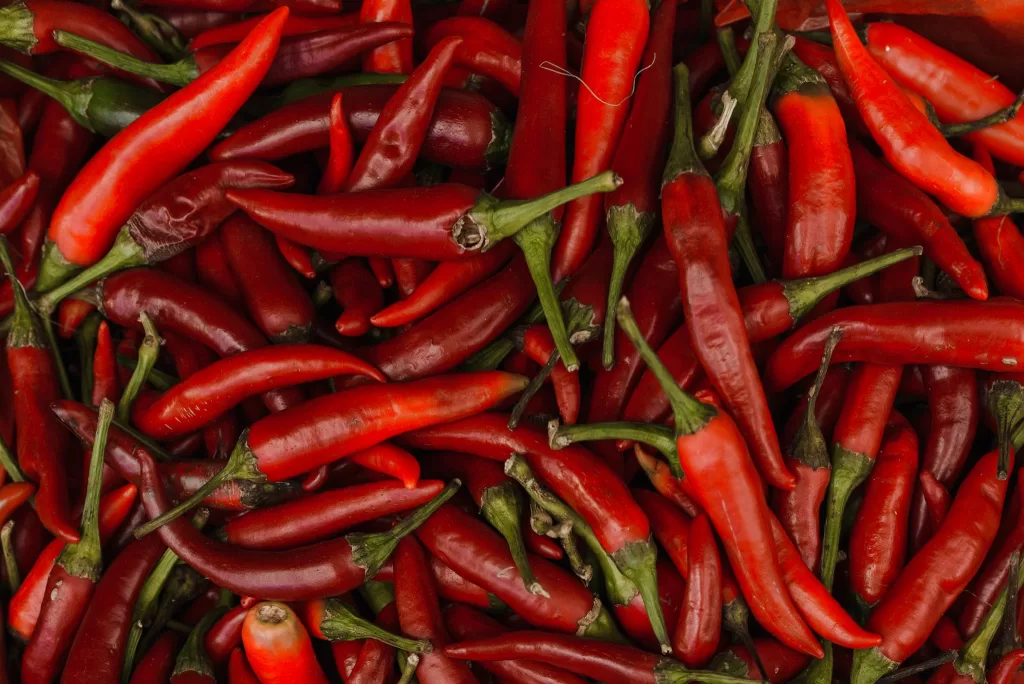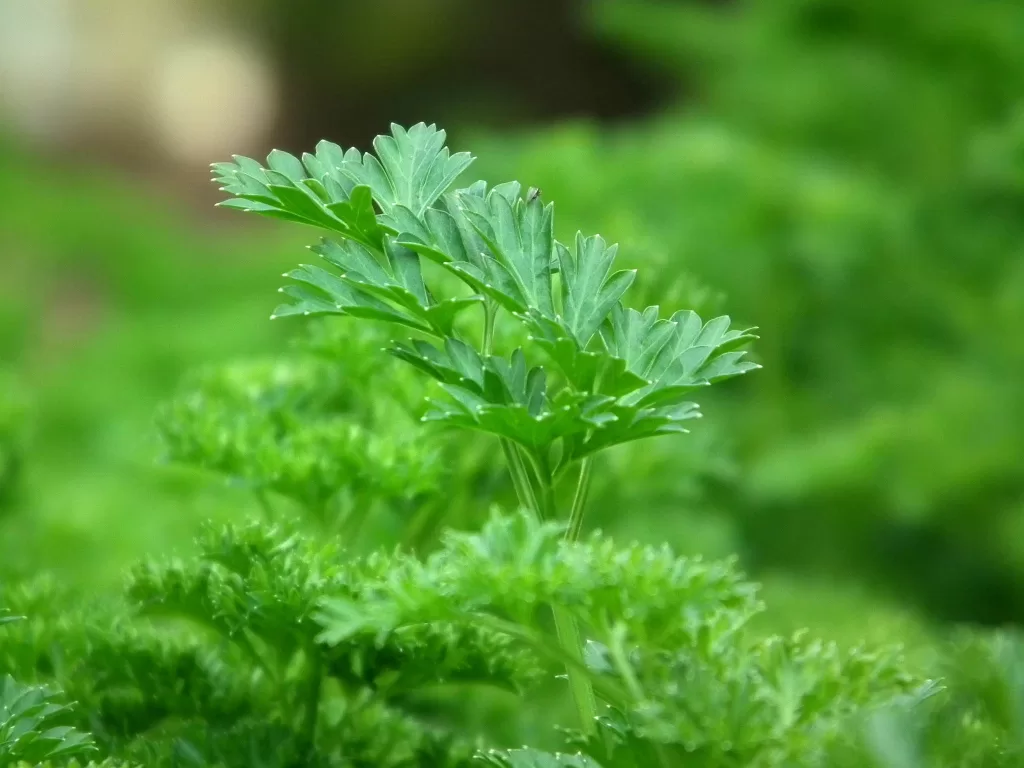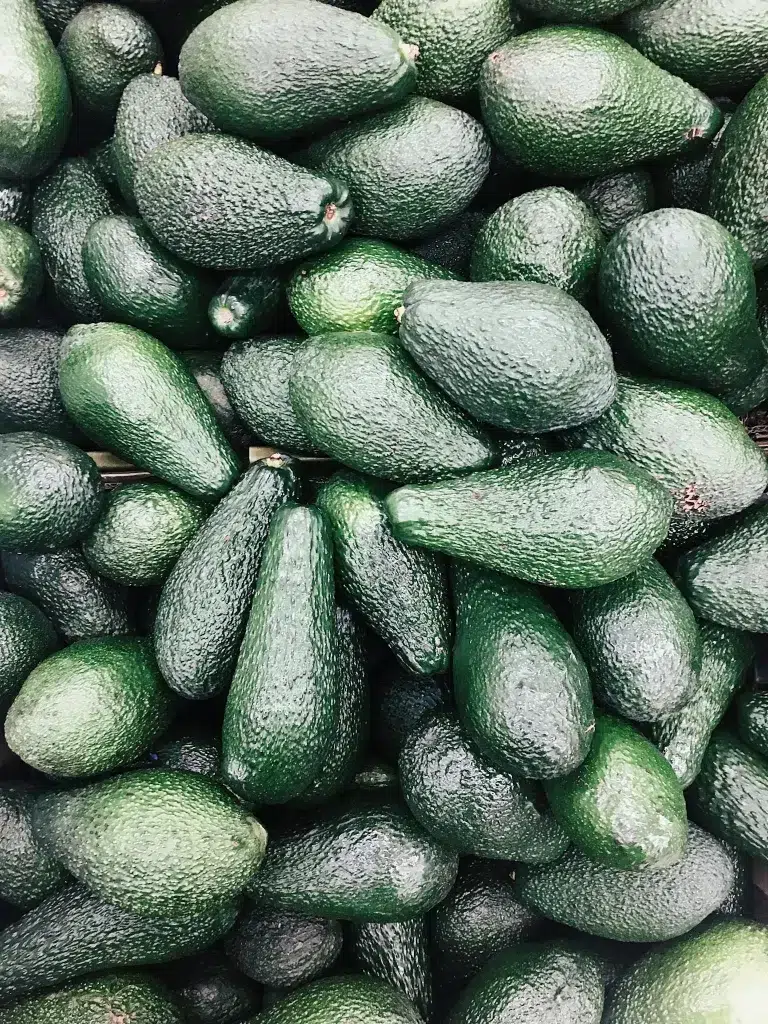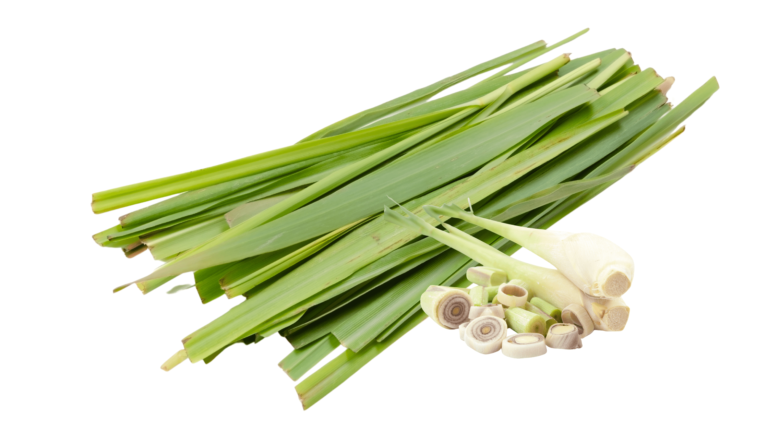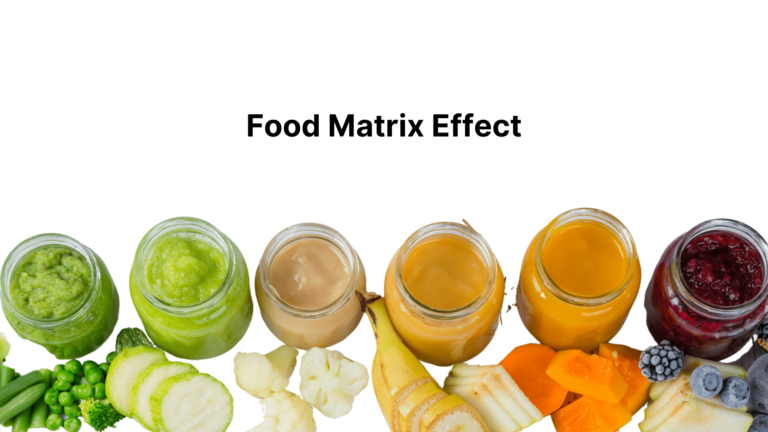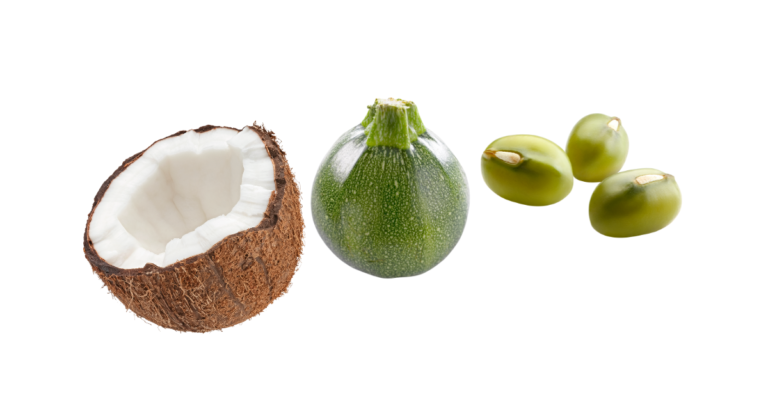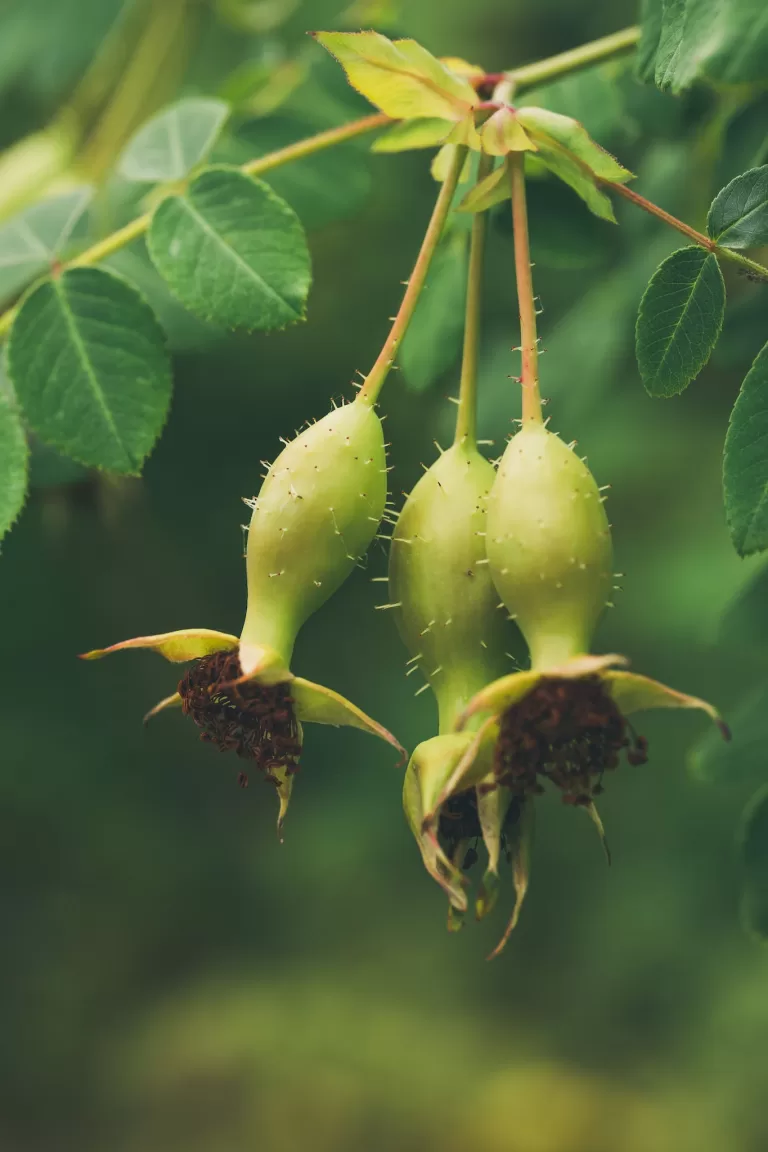What Is Pitta? How To Apply Its Principles Practically
In Ayurvedic sciences, the body is governed by three bio-elements or “doshas.” The doshas are bio-energies that comprise an individual’s physical, mental, and energetic fabric.
Combined, the sum total of these bio-energies creates an individual’s nature.
Ayurveda emphasizes achieving optimal health and well-being by understanding and working with our unique nature, encompassing physical, mental, and energetic health, therefore making the most of our individual characteristics.
Subsequently, each dosha has its unique qualities and functions.
One of these doshas is “Pitta”, which translates to “fire” in Sanskrit. In addition to pitta, the other two doshas are vata and kapha.
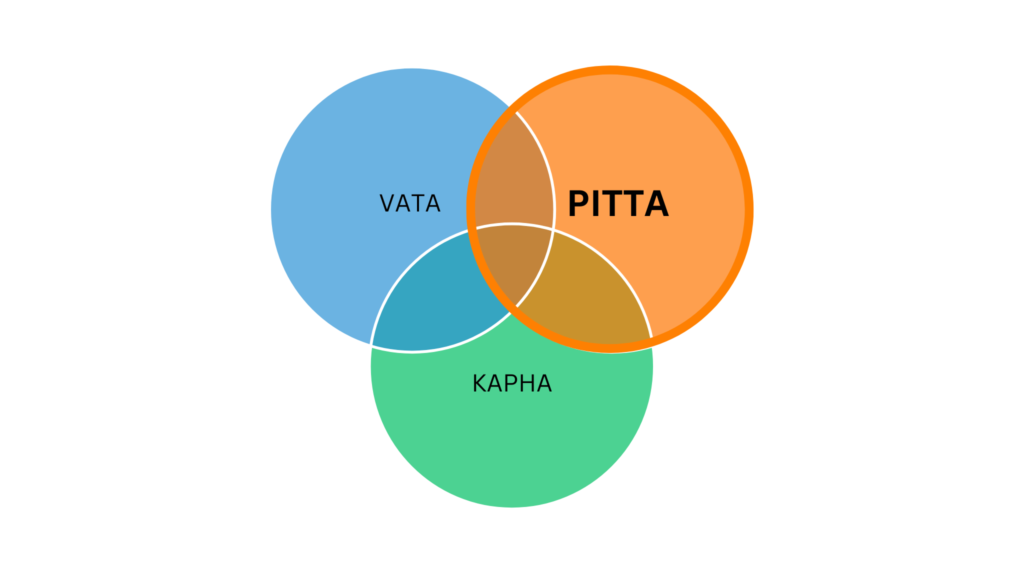
Key Points In This Article
This article provides an overview of Pitta dosha, which is also known as the “heat” bio-element in Ayurvedic principles.
It covers the key characteristics of Pitta, suitable dietary components for Pitta, and any case studies that may help in understanding some of its characteristics. Additionally, it discusses the components that can help balance Pitta dosha practically.
- Pitta Suitable Organic Sweet Coconut (cooling)
- Pitta Suitable Organic Green Courgette (cooling)
- Pitta Suitable Organic Parsley (cooling)
Key Considerations
Pitta is like an engine, it drives our body’s processes and keeps everything in balance. It is bioenergy that is influenced by several factors, such as genetics, lifestyle, diet, and environment.
- Pitta is created from a combination of fire and water elements. From a biochemistry standpoint, this bio-energy results from combining two elements (fire & water).
- Pitta (dosha) bio-energy holds a dynamic and transformative quality.
- This dosha regulates and assimilates many critical bodily functions, including metabolism and digestion, as well as the body’s internal “fire” or “Agni”.
- In terms of diet, pitta relates to the thermogenic property of a food when consumed and digested.

Understanding The Term – Dosha
In Ayurveda, a dosha is a constituent of ‘Prakriti,’ which means nature and determines an individual’s specific physical, mental, and energetic traits. There are three doshas or bio-elements, each consisting of natural elements.
A dosha bio-element is an inherent energy that influences an individual’s physical, mental, and energetic traits. Lifestyle practices, including diet, can balance, enhance or exaggerate a dosha.
Most individuals have a dominant dual prakriti, meaning they have one primary dosha and a secondary dosha, such as pitta-vata. Although all three doshas are present in an individual, typically, two doshas dominate.
Ayurveda science focuses on balance and homeostasis within the body based on individual factors. The science suggests that consistent and optimum well-being begins from bio-work.
Pitta Dosha: Understanding Fire, Water & Our Body
Pitta dosha consists of a combination of two natural elements – fire and water.
1. Fire (Foundation)
The fire element and metabolism are similar because they involve chemical reactions.
Just as fire requires fuel, oxygen, and heat to sustain itself, our bodies require nutrients, oxygen, and energy to maintain metabolism.
The following sections aim to understand the association of fire with pitta in terms of metabolic processes.
Basics In The Element of Fire
To fully comprehend the significance of “pitta,” it is essential to understand the basic principles of fire and how it functions. This will provide a rudimentary foundation for the associated sciences behind the Pitta bio-element.
- Firstly, fire is a chemical reaction of fuel, oxygen, and heat combined in the proper proportions.
- Fuel is the source of energy that sustains the fire.
- While oxygen is the oxidiser that allows the chemical reaction to occur.
- Heat is the energy that activates the reaction and keeps it going.
When fuel is heated to an ignition point, gases are released. These gases react with oxygen in the air, producing a flame. The flame releases heat and light, which is a visible sign of the chemical reaction.
The fire of Pitta works similarly, although it does not have a ‘visible’ manifestation such as a visible flame.

Metabolic Link (The Pitta Fire)
Metabolism refers to the chemical processes that occur within a living organism to maintain life.
Metabolism is an active process that involves converting food into energy, eliminating waste, and synthesize new molecules necessary for growth and repair. In other words, the engine keeps our bodies running smoothly.
Ayurveda associates metabolism with “Agni,” the digestive fire (Pitta). Metabolism has transformative and regulatory functions in our body, which are characteristics of Pitta, helping the body function properly.
Metabolic processes also impact the gut-brain axis and, therefore, one’s mental state.
Metabolic Heat
According to modern research, heat plays a crucial role in digestion, called ‘thermogenesis’. This process requires internal balance, also known as homeostasis, to function at its best and it involves several parts.
Similarly, pitta is the internal heat that supports the metabolic process and facilitates the conversion of food into energy.
Thermogenesis is the process by which the body produces heat.
The Pitta Fire In Ayurveda: Thermogenic Element
Consequently, food serves as the fuel for metabolism, while oxygen from the air is the oxidiser allowing the chemical reaction.
Metabolism is a process in our body that produces heat like fire. Our body uses heat to maintain internal temperature and power other bodily functions.
Just like fire is essential for warmth and cooking, metabolism is an important and complex process for our survival.
The fire element in Pitta combines factors that produce heat and enhance Agni, which is responsible for determining an individual’s metabolic health level.
This is why Ayurveda categorises Pitta individuals as usually healthy weight, i.e., mesomorph—lean, a by-product of good metabolic integrity—one of the key identification factors of Pitta’s physical characteristics.
a. An Example of A Balanced Pitta
During digestion, the digestive system breaks down food into smaller components such as proteins, carbohydrates, and fats. It also distributes the synergistic effects of the food matrix. The components transport through the bloodstream to various body parts for energy.
An individual’s integral digestive fire (Agni) plays a crucial role in this process by breaking down the food into its essential components and transforming it into energy that the body can use.
A balanced pitta indicates a healthy metabolism, enabling the body to use energy, maintain a healthy weight, and promote overall physical, mental, and energetic well-being.
b. Example of Unbalanced Pitta or Weak Pitta
However, if the internal fire (Agni) is weak or imbalanced, it can affect digestion, nutritional deficiency due to malabsorption, and a sluggish metabolism. Undigested foods promote toxin build-up.
This can result in a lack of energy, weight gain, and impact overall.
Several active parts play a role in a healthy Pitta, including gut microbes, stomach pH level, and food breakdown, all of which are metabolic processes to which the body responds by producing heat.
Therefore, it is essential to maintain a healthy balance of the pitta dosha and the internal body fire to ensure optimal metabolic function and overall health.
One way to maintain a healthy metabolic profile is by adding Pitta-enhancing foods, known as thermogenic.
- How To Make Ginger Tea
- Organic Turmeric
- Organic Cayenne Pepper
Thermogenic (Pitta) Foods: Agni & Weight Management
Pitta foods can affect the body’s metabolic rate when added to a diet because they require more energy to digest and process. The thermic effect of food varies based on the type of nutrients consumed, and other individual factors may affect its thermic actions.
These factors include the method of consumption and individual health status, among others.
Regarding macronutrients, protein has the highest thermogenic effect (depending on the source of protein), followed by carbohydrates and fats. Ayurveda emphasises other plant foods categorized for thermogenic effects, such as vegetables, fruits, spices, and herbs.
Particular foods can increase pitta dosha and calorie expenditure and help burn more calories.
Foods with thermogenic properties can increase metabolic rate, which is the rate at which your body burns calories. This can lead to increased calorie expenditure and fat oxidation, which may help with management.
Here are some examples of Ayurvedic thermogenic foods:
- Ginger
- Cinnamon
- Cayenne pepper
- Turmeric
These foods may stimulate metabolism, which can lead to a more efficient breakdown of food and faster calorie burning.
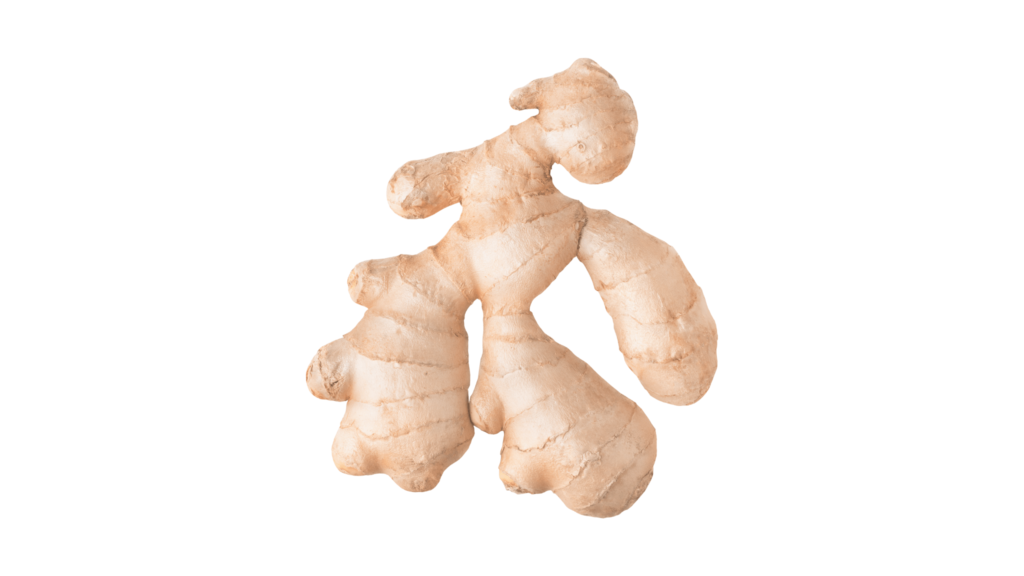
Example of Gingerol In Ginger
Gingerol, one of the primary compounds in ginger, has thermogenic properties by influencing body metabolism and raising internal body temperature. This results in the burning of calories and the management of weight.
Audible Video (Informational):
Ginger & Its Therapeutic Properties
Key Takeaways Ayurveda Pitta (Fire)
- Thermogenic foods with Pitta enhancing properties can help pacify Kapha and Vata issues. For instance, they can support weight loss for Kapha individuals as part of a well-balanced diet.
- Pitta foods can enhance and encourage metabolic thermic effects on digestion.
- If Pitta is depleted, correcting dietary habits could significantly improve Agni.
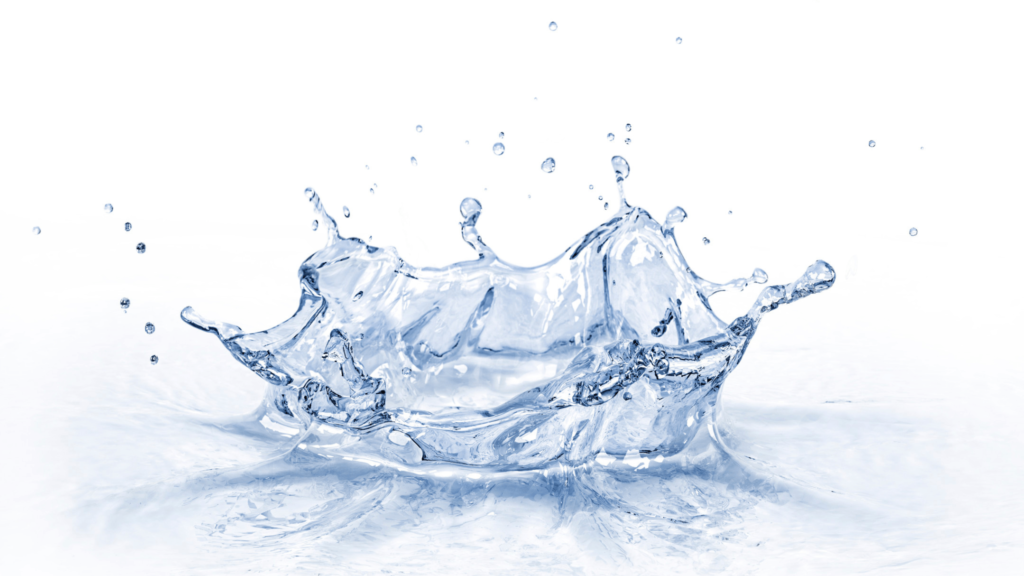
2. Water Element In Pitta
Water is critical in regulating various physiological processes within the human body.
One of these processes is metabolism, which is facilitated by the solvent properties of water, allowing nutrients and waste products to be transported throughout the body. Furthermore, water helps regulate body temperature, and when the body overheats, it assists in cooling down through sweat.
Ayurveda states that pitta is associated with heat and energy, and water plays a significant role in regulating pitta (heat). Subsequently, maintaining a balanced water intake is essential as it helps regulate the body’s pitta dosha.
For instance, just like water can temporarily enhance fire, it can also cool down the excess heat generated by Pitta and vice versa.
Water & The Body
The water element in pitta plays a crucial role in maintaining metabolic health.
As the pitta is responsible for food digestion and metabolism, water helps regulate the excess heat generated during the digestive process, thus preventing any damage to the digestive organs.
Furthermore, adequate water helps maintain the balance of digestive acids such as Hydrochloric acids (HCL) and enzymes such as pepsinogen and pepsin, essential for breaking down food into smaller particles.
Due to dehydration, digestive functions may not be efficient, leading to various metabolic problems, such as poor digestion, slow metabolism, and weight gain.
Additionally, as a result of dehydration, irregular gut temperatures may indicate an excess of Pitta in Ayurveda.
Ayurvedic Water Tips
- It is recommended to drink water at room temperature, and adjust the temperature to warm in cold weather or cool in hot weather.
- In general, pure spring water is preferred over water with additives.
- Drink according to your body health and smaller frequent intervals is preferred.
- Avoid water 30 minutes before and after food to preserve normal Agni function.
- Water can be consumed with a meal in sips.
The following section of this article discusses the traits of Pitta.
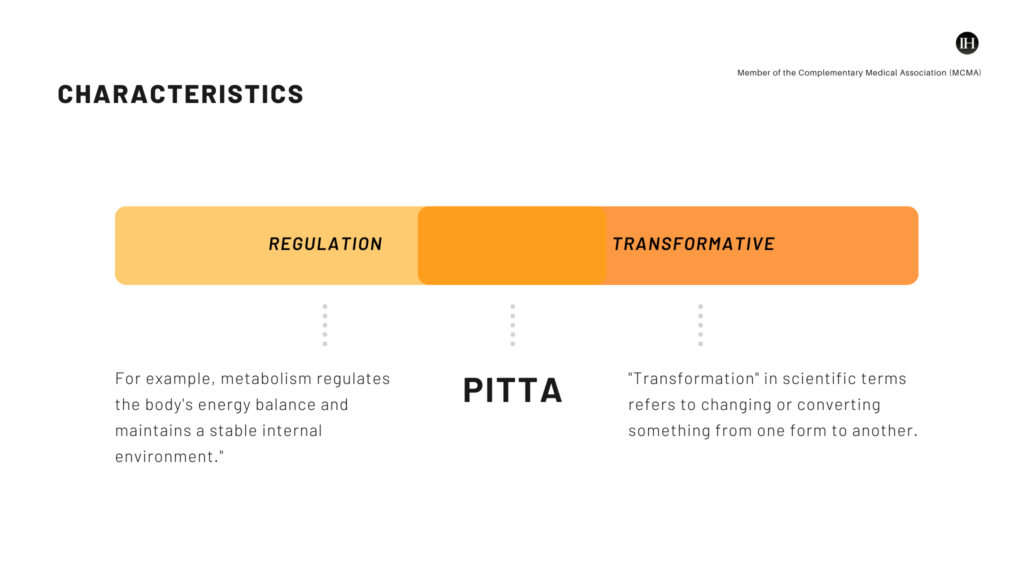
Core Pitta Characteristic
The core characteristic of Pitta dosha is regulation and transformation.
- “In scientific terms, regulation refers to the process of controlling or maintaining a certain level of a particular variable or parameter.” For example, metabolism regulates the body’s energy balance and maintains a stable internal environment.”
- “Transformation” in scientific terms refers to changing or converting something from one form to another.
Other Pitta Characteristics
The characteristics also involve, sharpness and several others characteristics (non exhaustive list):
- Sharp and hot
- Capacity to spread
- Pungent and strong smell
- Liquid and mildly oily
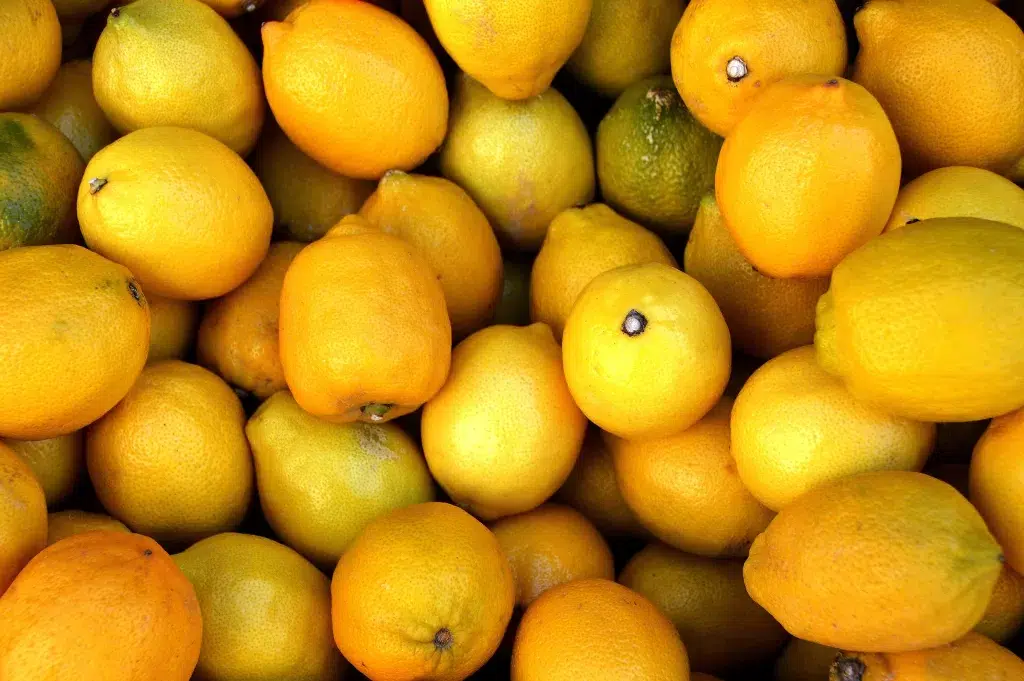
Pitta Mental & Behavioural Traits
Similarly, Ayurvedic dosha influences energy which manifests physically as cognitive behaviour or mental nature. It suggests that energy, in this respect, can manifest in the form of emotions and personality traits.
For instance, a balanced pitta may display sharpness, focus, etc., in an individual, while disturbance of this dosha can lead to emotional disturbances—effectively the opposite of the former.
Here are some emotions, feelings and personality traits of Pitta dosha:
| Balanced | Unbalanced |
|---|---|
| Intelligent | Aggressive |
| Sharp good memory, focused | Rapid |
| Focused, goal directed | Fanatical |
Water In Pitta & Role In Mental Traits
A (Riebl & Davy 2013) study suggests that “as the level of dehydration increases, the efficiency of cognitive processing decreases. It further states that in women, aspects of mood (i.e. vigour, alertness, fatigue, calmness, confusion, happiness) were negatively affected during fluid deprivation.
Even mild dehydration – a body water loss of 1–2% – can impair cognitive abilities.
If you have an excessive amount of pitta in your body, your hydration levels should be considered a contributing factor.
Body Type: Mesomorph
In Western terms, the Pitta body is the ‘mesomorph’ body type which means a medium build. Also, an individual may have some or all of Pitta’s particular physical attributes, such as:
- Average height
- Medium weight – can be lean, well sculpted
- Prone to freckles
- Prominent facial features
- Penetrating eyes
- Fine hair, prone to early grey
Areas of The Body, Where Pitta is Most Dominant
The areas in the body where Pitta are dominant are the small intestine, stomach, sweat glands, blood, fat, eyes and skin.
When pitta is exaggerated, these areas display excess patterns. For instance, excessive sweating, indigestion, acidity, skin inflammation (heat), rash etc
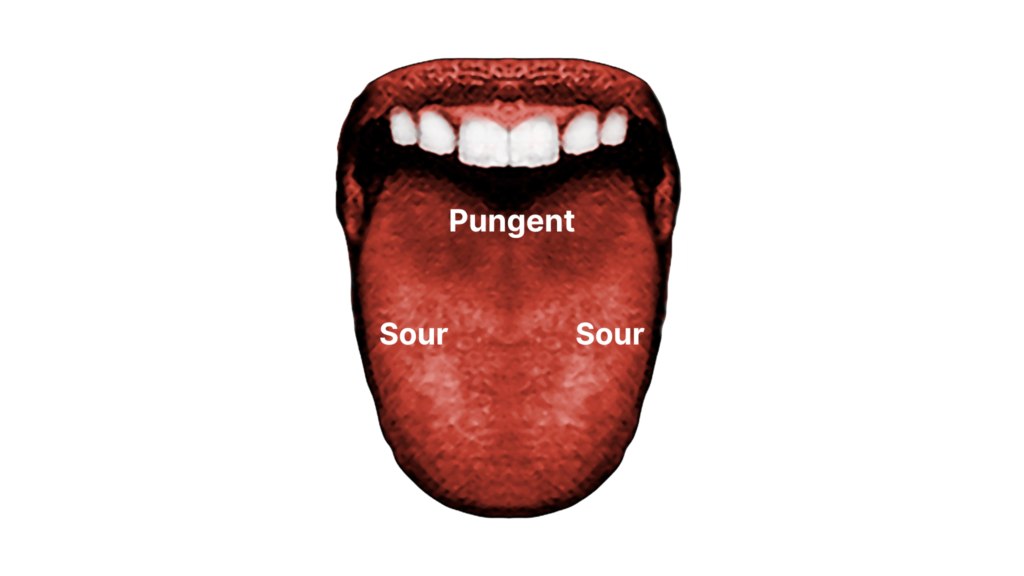
Pitta Through Taste
Ayurveda suggests that each dosha has taste qualities associated with foods.
Taste in relation to eating, refers to the sensation experienced when eating or consuming a liquid.
Ayurvedic Six Tastes
In Ayurveda, there are six basic tastes: sweet, sour, salty, bitter, pungent and astringent. Furthermore, the science suggests that taste directly impacts on our physical and mental well-being.
Role of Taste in Dosha
This means foods that contain particular tastes can either balance or deplete a dosha, depending on the quantity of intake.
For example, if an individual’s diet consists of a substantial amount of cayenne pepper, which has a “spicy and pungent taste” daily, and their primary dosha is Pitta, this may exaggerate the dosha and bring about related symptoms.
Ayurvedic principles prescribe the taste of particular foods for stimulating specific doshas.
Characteristics of Taste in Foods
Foods possess unique qualities and characteristics that go beyond their nutritional value. A simple example is nutrition to energy.
Ayurveda classifies food sources based on their taste properties, which are related to the food’s dosha-enhancing, reducing, or balancing qualities.
For instance, Green Mung Bean (GMB) has a mild, slightly sweet flavour and can help balance pitta disturbances because of its cooling properties.
Pitta dosha is associated with two tastes: pungent and sour.

Pungent Taste & Pitta
A pungent taste is typically described as a sharp, strong, and spicy flavor that causes a warm or burning sensation in the mouth.
It is often associated with vegetables and spices that contain high concentrations of compounds like capsaicin, allyl isothiocyanate, and allicin, which are responsible for their pungency.
Some examples of pungent vegetables:
- Onions, garlic, ginger, radishes, and hot peppers like jalapenos and habaneros.
- Some examples of pungent fruits include durian, jackfruit, lemon, and passion fruit.
Location of Pungent Taste Buds
A pungent taste is experienced by the taste buds located at the back of the tongue.
According to Ayurveda, pungent taste can stimulate digestion, increase circulation, and promote sweating, but excessive consumption can lead to inflammation and irritation.
A pungent taste can either stimulate pitta or exaggerate it.

Sour Taste & Pitta
Sour taste is a sharp and acidic flavor that is associated with citrus fruits like lemons and limes.
In addition to this some vegetables have a sour taste. However sour vegetables effects are obtained in pickling processes, such as sauerkraut, fermented vegetables in vinegar.
Location of Sour Taste Buds
The taste buds located on the sides of the tongue are primarily responsible for detecting sour flavors.
Effects Of Sour Taste
Ayurveda links sour taste to disturbing the pitta dosha when consumed in excess.
This is because the sour taste is believed to have a heating effect on the body, which can aggravate pitta and cause issues like acid reflux, heartburn, and inflammation.
A sour taste is linked to a heating effect on the body because it further stimulates the production of digestive enzymes and acids in the stomach.
This increased metabolic activity generates heat in the body, leading to a rise in body temperature and a feeling of warmth.
Acidic compounds like citric acid often create a sour taste that can warm the body, such as in ginger and lemon tea.
Here are some examples of sour sources:
- Fermented vegetables
- Sour fruits such as, lemons, sour oranges, tart cherries, sour plums, other sour fruits.
- Mainly, vegetables and fruits that are either fermented or unripe.

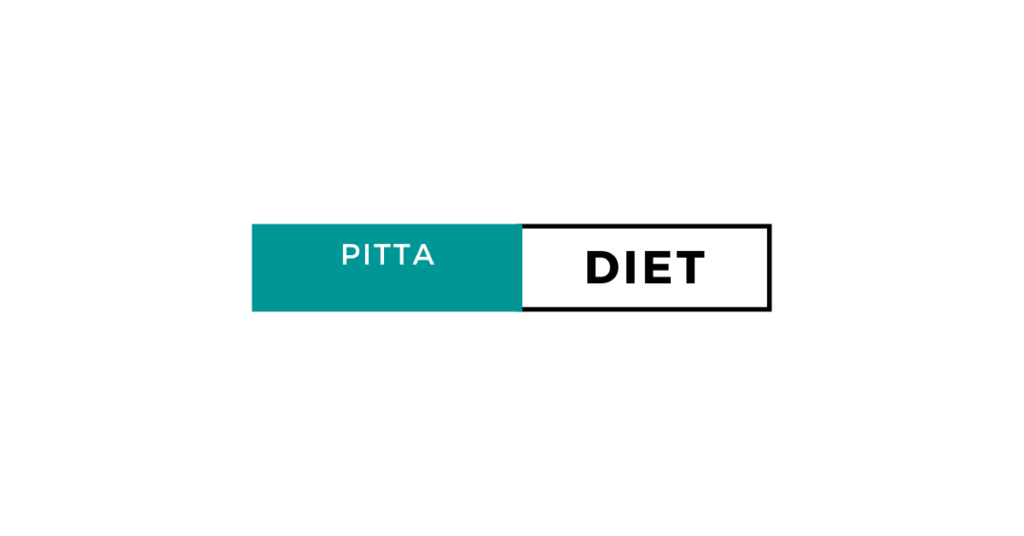
Points On Pitta Diet
The Ayurvedic diet is based on a complex interplay of properties of a particular food source.
Contrary to thermogenic foods, incorporating cooling foods like cucumber and courgette can help balance the heat associated with pitta as part of a personalised diet.
- The primary focus is on treating the diet as a form of medicine, therapy, and nourishment.
- The purpose of diet is to keep body, mind and energy well so an individual can enjoy a good life.
Overview of Pitta Dosha Diet Principles
- The diet will be modified as necessary, depending on the condition of pitta.
- Properties of food include: vata, pitta, kapha qualities, bioactive constituents, taste, thermogenic quality, color, source, cooking method, time, frequency etc.
- It also takes into account food attributes when combined with other ingredients. One food may change the dosha quality of another food.
As a result, all of these factors create a particular effect when consumed.
Understanding How To Use A Pitta Dosha Diet
If your pitta is balanced, consuming sour or pungent foods as part of a varied and balanced diet would be acceptable in moderation.
Exaggeration of heat in the body can be worsened by sour or pungent foods when the dosha is already disturbed. This can exacerbate pre-existing symptoms such as digestive issues, acidity, hot flush, and hot-headedness.
Adding Opposing Principles: Plus & Minus
Ayurveda’s answer depends on the age of the concern. It usually involves adding the opposite principles to a diet with an aim to restore natural balance internally and physical vitality externally.
A List of Pitta Vegetables
Knowing and adjusting foods that increase or decrease Pitta can substantially improve overall well-being.
Pitta dosha individuals benefit from nourishing, cooling, bitter, astringent and naturally sweet foods. Consequently, these foods helps pitta to maintain balance.
Pitta Balancing Foods
Some foods that can help balance this dosha include: – fruits like sweet mango and sweet melon, leafy greens like spinach and kale, cooling vegetables like cucumber and zucchini, Himalayan pink salt and legumes like Green Mung.
Other beneficial foods include dairy products like milk and ghee and spices like coriander and turmeric. These foods help reduce the body’s heat and inflammation, often associated with an imbalance of this dosha.
- Particular mango varieties: Sindhoora and Safeda, sweet fruits only.
- Sour fruits will enhance pitta.
Audible Video (Informational)
Courgette & Its Dietary Value
Pitta Aggravating Foods
Foods that aggravate pitta dosha include, spicy, oily, and fried foods and fried, processed, processed and junk foods, which can be avoided or consumed in moderation, depending on your dosha state.
Alcohol, caffeine, and carbonated drinks can also aggravate Pitta. Dairy products, especially sour and fermented dairy, contribute to the Pitta imbalance.
Vegetables To Decrease Pitta
| Sweet & Bitter vegetables: | Asparagus | Leafy Greens | Celery |
| Cucumber | Parsely | Green beans | Okra |
| Green Peppers | Potatoes | Sprouts | Courgette Zucchini |
- Organic Live Parsley
- Organic Asparagus
- Organic Avocado
Vegetables To Increase Pitta
| Pungent Vegetables: | Beets | Carrots | Garlic |
| Onions | Peppers (hot) | Radish family | Spinach |
| Lettuce | Tomatoes | Aubergine | Spices |

Normal Pitta Function
“When the pitta is in balance, it means that it is neither depleted nor exaggerated.”
When in a balanced or optimal state, this typically means it displays signs of sharp intelligence, understanding, body vitality, good focus, and healthy metabolism.
Those who have a balanced fire and water element are associated with good leadership and an exceptional ability to focus, similar to the concentrated effect of fire.
Unbalanced Pitta Function
In addition, if this dosha is out of balance, either exaggerated or depleted, Ayurveda suggests that the body reacts by producing effects such as disturbances in body temperature, excessive sweating, rash, inflammations, hot-headedness etc.
5 Tips for Pitta Constitution
- Pitta dosha individuals benefit from nourishing, cooling, bitter, astringent and naturally sweet foods.
- To balance pitta at any time and in the summer, consume salads and cooling foods such as cucumber, coconut based foods, courgette, green mung bean etc
- Tofu is cooling with astringent characteristics, preferably an organic Tofu.
- Light and dry foods can aggravate Pitta. Foods that contain protein, such as green beans, are Pitta pacifying because of their astringency and protein levels.
- Drinking sufficient water and maintaining water intake as part of your dietary practices. Water may be at room temperature during any climate. Cool water in the summer and staying hydrated through natural liquids such as coconut water, fresh green juice, sweet organic apple juice etc

Essential Oils To Balance Pitta Mind
- Damask Rose water or essential oil, helps to calm heat, stress and in a number of Asian countries rose water is consumed as a tonic to cool the body. Damask rose is exceptional for pitta skincare.
- Chamomile essential oil, anti inflammatory, anti stress and generally great for balancing.
- Vetiver essential oil for anti stress and more.
Lastly, we will explore the following case studies, which provide context to the pitta dosha element in Ayurveda from a biochemical perspective related to metabolism and heat:
Case Study: Water Element & Thermic Effect
1. Water & Thermogenesis
A study conducted by Vij and Joshi in 2013 aimed to investigate the impact of ‘water induced thermogenesis’ on the body weight, body mass index, and body composition of overweight subjects.
The study found that drinking water can increase the body’s thermogenesis, which increases energy expenditure and may contribute to weight loss. However, several other variables are considered such as individual health status, diet, etc.
The study was published in the Journal of Clinical and Diagnostic Research in September 2013 and can be accessed through PMID 24179891 and PMCID PMC3809630.
Summary
In summary, Pitta is one of the three doshas in Ayurveda and is associated with metabolism, heat (thermic balance), and the element of water. It forms one of the three Ayurvedic doshas and is associated with heat.
The main characteristics of pitta are transformative and regulatory.
Pitta is also interlinked with Agni, the digestive fire. Pitta’s heat energy influences metabolic processes; if in balance, an individual’s metabolic integrity is optimal. However, if out of balance, it may display a sluggish metabolism or exaggerated internal heat-related symptoms such as excess sweating etc.
Subsequently, certain foods are categorised as pitta balancing, such as sweet and cooling foods, i.e. coconut, courgette, green mung bean, etc. A well-balanced Ayurvedic diet that accounts for dominant dosha may be helpful in overall well-being.
Precautions & Suitability
Precautions and personal responsibility are crucial. Check suitability of any therapeutic diet or wellness routine. Seek the advice of a professional.
This is an information post only and does not constitute as professional advice.
(Audible) Informational Video: Pitta Dosha (Bioelement)
InteGratiive Ayurveda
adequate water intake is a pitta balancer & generally helpful in vitality
Green Mung Bean is an Excellent Source of high-quality protein, phytochemicals and cooling properties for pitta.
- Westerterp KR. Diet induced thermogenesis. Nutr Metab (Lond). 2004 Aug 18;1(1):5. doi: 10.1186/1743-7075-1-5. PMID: 15507147; PMCID: PMC524030.
- Hunjan. Professional distinction in Ayurveda. Professional Body Healing, CPD certified (COE), 2020, 2021 (UK). InteGratiiveHealth.com. Member of The Complementary Medical Association
- Vernocchi P, Del Chierico F, Putignani L. Gut Microbiota Metabolism and Interaction with Food Components. Int J Mol Sci. 2020 May 23;21(10):3688. doi: 10.3390/ijms21103688. PMID: 32456257; PMCID: PMC7279363.
- Sun WM, Houghton LA, Read NW, Grundy DG, Johnson AG. Effect of meal temperature on gastric emptying of liquids in man. Gut. 1988 Mar;29(3):302-5. doi: 10.1136/gut.29.3.302. PMID: 3356361; PMCID: PMC1433604.
- Xie L, Zhao H, Chen W. Relationship between gut microbiota and thyroid function: a two-sample Mendelian randomization study. Front Endocrinol (Lausanne). 2023 Sep 26;14:1240752. doi: 10.3389/fendo.2023.1240752. PMID: 37822602; PMCID: PMC10562735.
- Juárez Olguín H, Calderón Guzmán D, Hernández García E, Barragán Mejía G. The Role of Dopamine and Its Dysfunction as a Consequence of Oxidative Stress. Oxid Med Cell Longev. 2016;2016:9730467. doi: 10.1155/2016/9730467. Epub 2015 Dec 6. PMID: 26770661; PMCID: PMC4684895.
- Riebl SK, Davy BM. The Hydration Equation: Update on Water Balance and Cognitive Performance. ACSMs Health Fit J. 2013 Nov;17(6):21-28. doi: 10.1249/FIT.0b013e3182a9570f. PMID: 25346594; PMCID: PMC4207053.
- Harlan TS, Gow RV, Kornstädt A, Alderson PW, Lustig RH. The Metabolic Matrix: Re-engineering ultraprocessed foods to feed the gut, protect the liver, and support the brain. Front Nutr. 2023 Mar 30;10:1098453. doi: 10.3389/fnut.2023.1098453. PMID: 37063330; PMCID: PMC10097968.


